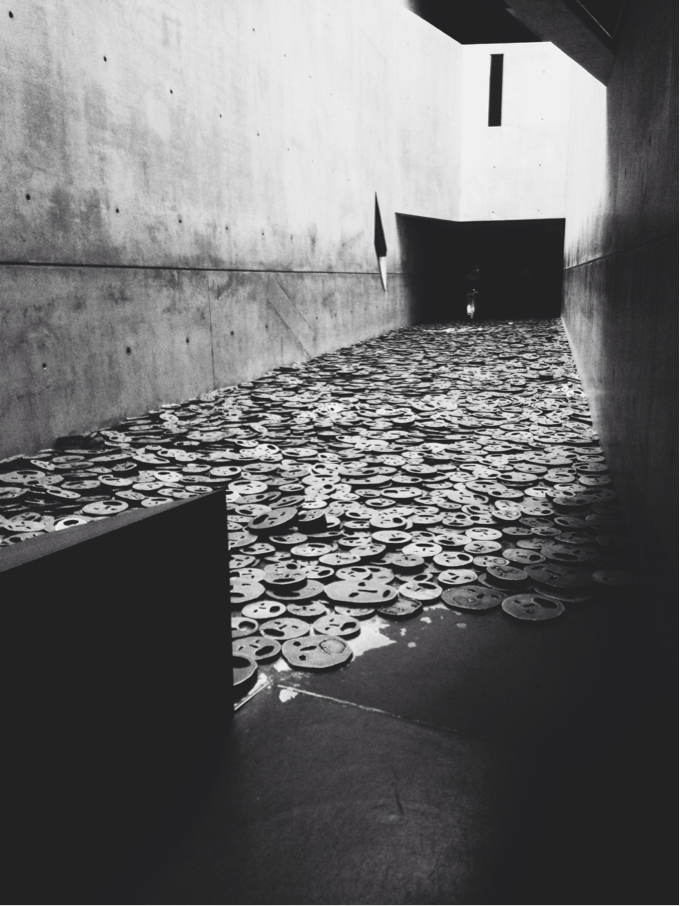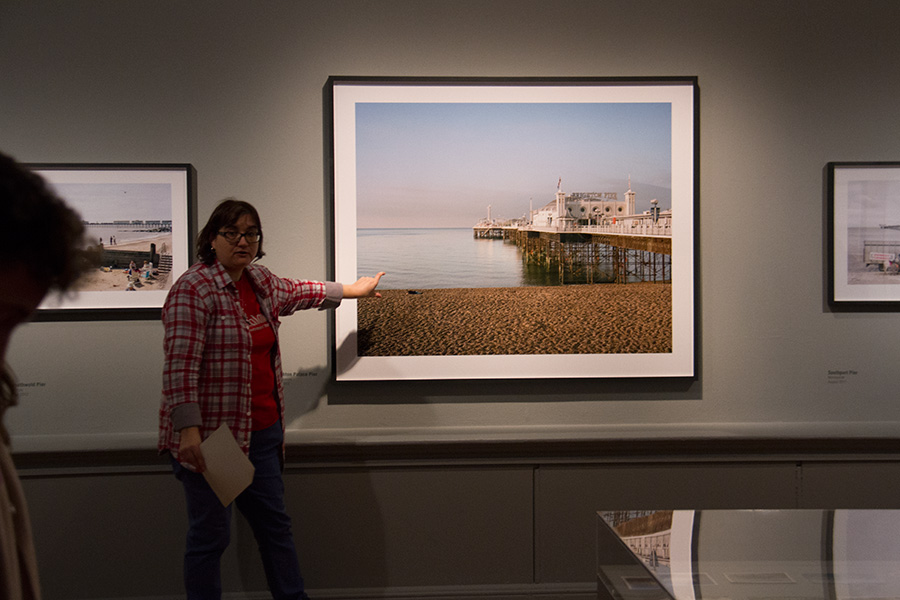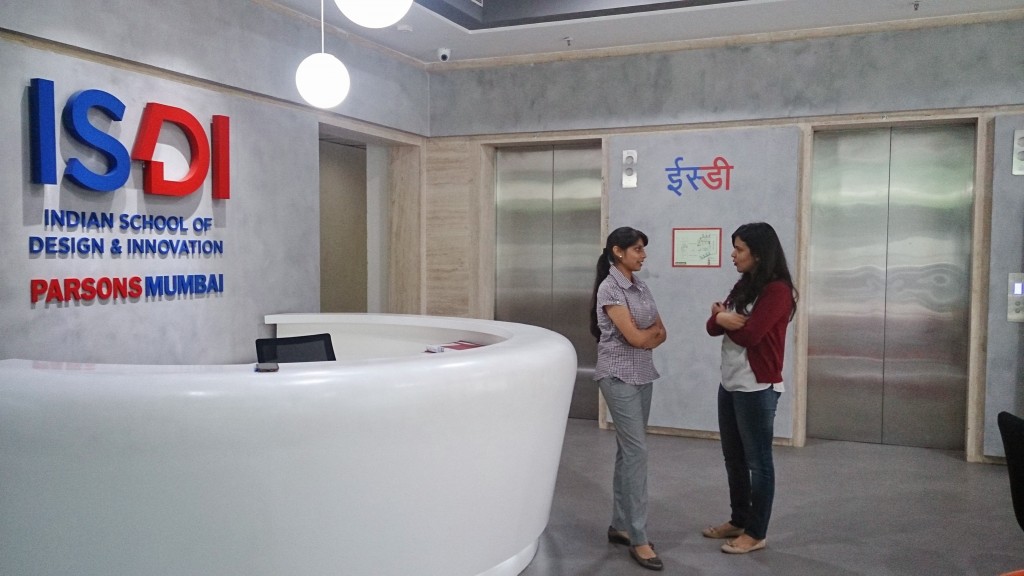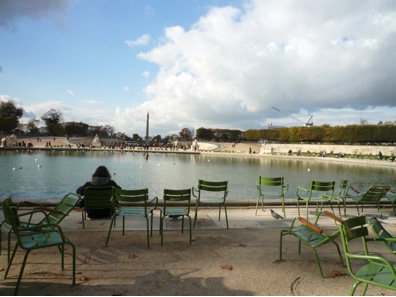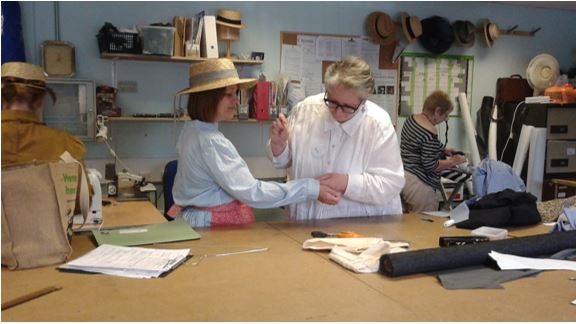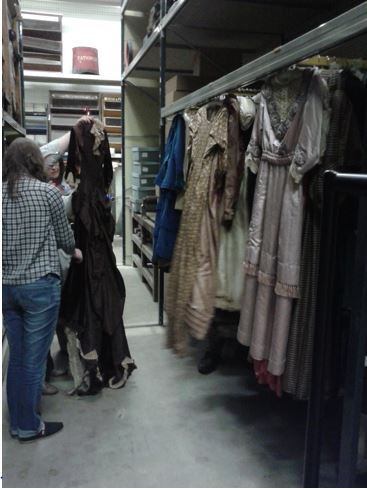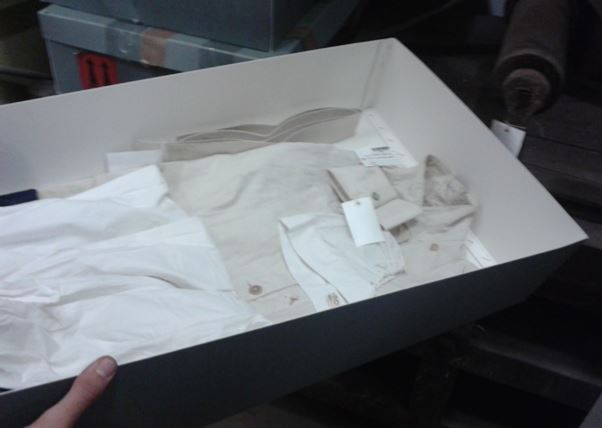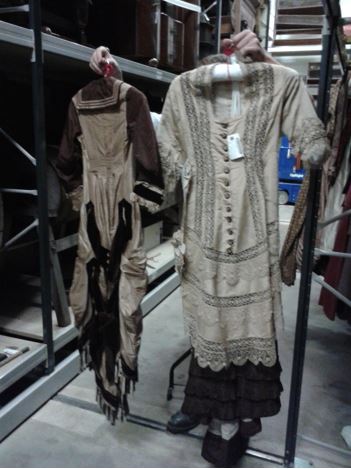In March 2016, nine second-year students and two tutors from the BA (hons) History of Art and Design programme visited Berlin for five days to study the city’s museums, material heritage and art collections in relation to the city’s distinctive history and cultures. Here are some of the students’ highlights from the trip:
Rachel Blyth: The Berlin Jewish Holocaust memorial was designed by architect Peter Eisenman and completed in 2004. Walking into the memorial the sun was shining; however, walking deeper into the labyrinth of concrete it became very cold and isolated. The modern architecture encapsulated the notion that Berlin is a modern city yet still holds the past close to its design.
Charlotte Brown: On review of our trip to Berlin, my favourite part would have to be our visit to the East Side Gallery, a surviving 1.3km stretch of the Berlin wall. Famously graffitied in the ’90s after the fall of the Wall in 1989, the works of various artists can be seen along the whole length. Due to tagging over the past years, the wall is now protected by a metal fence which did however inhibit our view and photographs, but the overall experience and art work has influenced me to base my further studies on the remainder of the wall.
Ruby Helms: Visiting the Jewish Museum – A Different Kind of Museum Space. Without visiting, it was difficult to understand the full impact of architect Daniel Libeskind’s ‘Between the Lines’ structure. The museum showed me that it is possible to present history in such a way that it emotionally involves the visitor, through the curation of objects and construction of the museum space.
Elina Ivanov: Out of the places we visited there were two that I felt made the history of Berlin most tangible; Clärchen’s Ballhaus gave a taste of Berlin nightlife of yesteryear, while the Jewish Museum was a powerful reminder of the great extent of the history of Jewish émigrés, as the discourse typically seems to be centred strictly around the Holocaust years.
Emilie Kristiansen: Berlin offered copious sights worthy of recollection, but the installation Shalekhet (Fallen Leaves) by Menashe Kadishman at the Jewish Museum stands out as especially significant. The monumental view of thousands of distraught faces cut out of iron plates is a poignant reminder of the countless innocent Jews whose lives were taken, and the void they left behind.
Sarah Mason: I had never been to Berlin before this trip and I have to say Berlin lived up to all my expectations and more. My highlight and what I chose for my presentation and essay subject was a place called Clärchens Ballhaus. Clärchens Ballhaus is a dance hall built in 1895. This Ballhaus was one of many, 900 in Berlin alone in the early 1900s. Berliners loved to dance and the Tango was already more popular in Berlin than in Paris or London at this time. What is unique about the Ballhaus is it is still used today and is as popular now as it was 100 years ago with the local community. In décor, fixtures and fittings it has changed little apart from some slight bomb damage to the grand mirror hall upstairs. If you get a chance to sneak upstairs and take a peek, it’s a must: you really feel you have been transported back in time. Every aspect of Clärchens Ballhaus is steeped in social history for example the original cloakrooms with over 800 iron coat and hat hooks (the Ballhaus would have between 600-800 guests per night in its heyday). The bar and even the majority of tables and chairs are all today as they were when Clärchens’ famous owners Fritz and Clara Buhler took on the premises in 1913. I fell in love with this place so much I went back and visited it eight weeks later, so definitely the highlight of my trip and definitely a place I recommend to visit.

